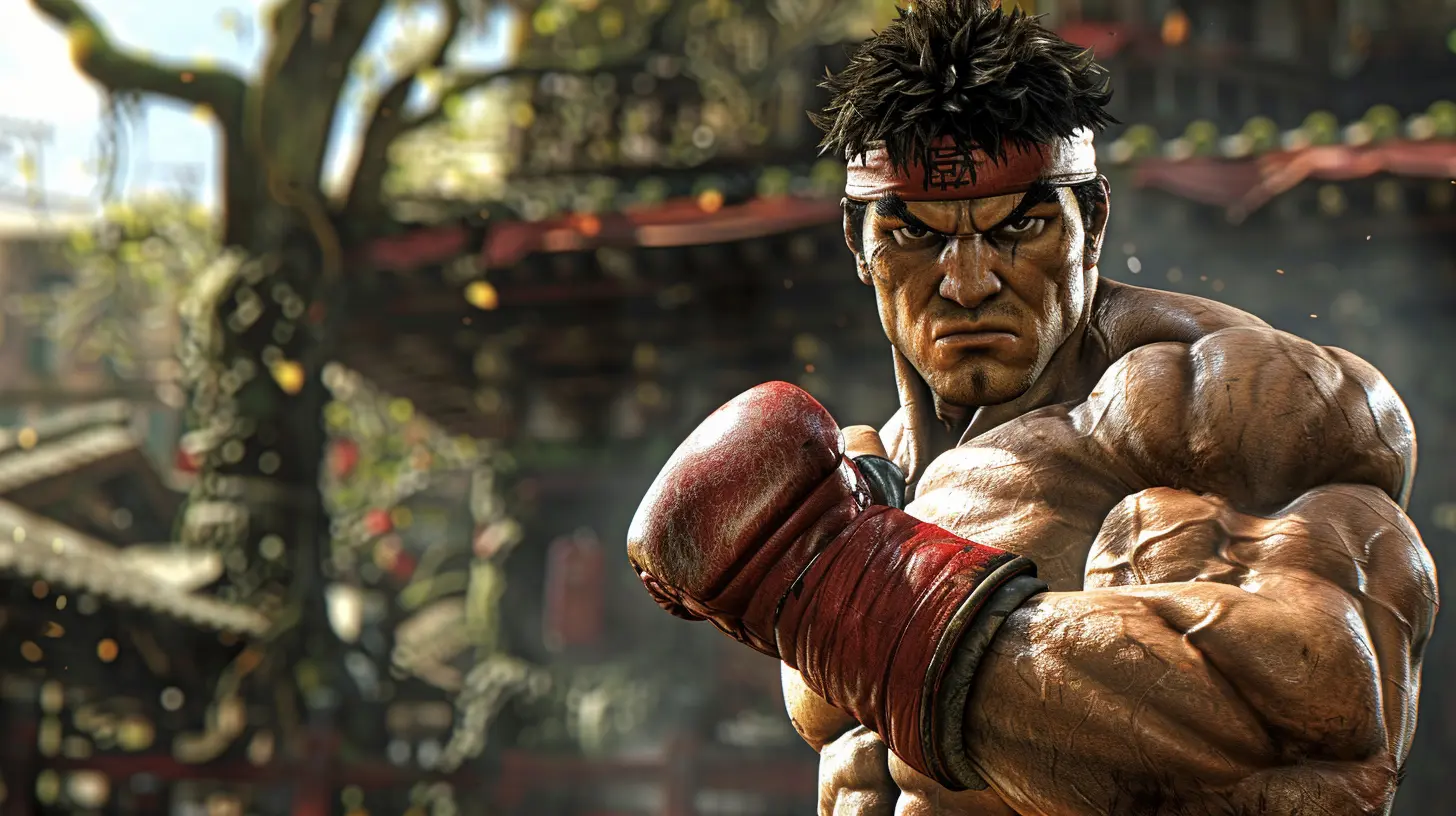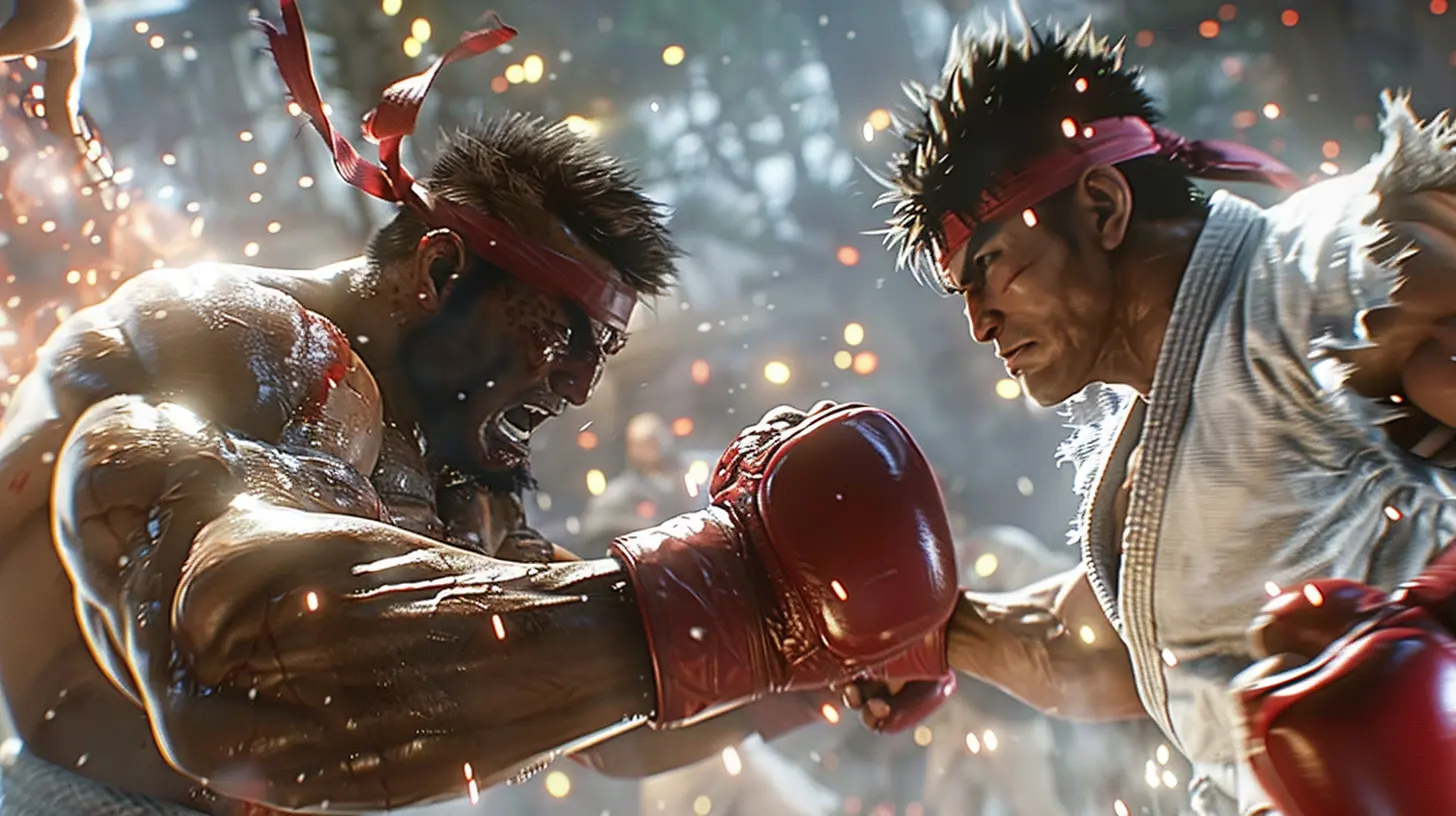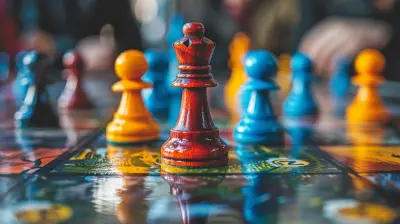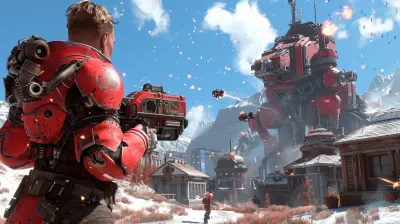Building the Perfect Training Routine for Fighting Games
4 June 2025
So, you’ve decided to step into the wild and competitive world of fighting games. Whether you’re aiming to crush your friends in local tournaments or dreaming of duking it out on the big stage at EVO, one thing is crystal clear: you need a solid training routine. But let's be real—this isn’t just button-mashing madness. Training for fighting games is about precision, timing, strategy, and a whole lot of practice. The good news? With the right routine, you can level up faster than a spammed Hadoken.
In this guide, I’m going to break down how to build the perfect training routine for fighting games. Get ready—it’s time to hit the lab and turn your casual gaming sessions into absolute mastery.
Why You Need a Training Routine
Let’s cut to the chase. Imagine trying to learn how to play the guitar by randomly plucking strings. Would you become a rock star that way? Probably not. The same logic applies to fighting games. Without a plan, you’re just flailing at your controller, hoping something sticks.A training routine gives you structure. It’s like that gym schedule you swear you’re going to stick to—only this one involves your thumbs and forebrain, not dumbbells. By having a clear plan, you can work on specific skills, track your progress, and avoid wasting time. Plus, you’ll start spotting your bad habits, like spamming that unsafe move or forgetting to block. (Don’t worry, we’ve all been there.)
Step 1: Know Your Game and Your Goals
Before diving in, ask yourself: What are you training for? Do you want to master a specific character? Get better combos? Improve your footsies? Build match-up knowledge? Each goal requires different drills and focus.And let’s not forget the game itself. Are you playing something fast-paced like Guilty Gear Strive, or a methodical footsie-heavy game like Street Fighter 6? Different games emphasize different skills—knowing your game’s unique mechanics is essential.
It’s also worth pointing out that no two players are the same. Maybe you’ve got godlike reaction speed, but your execution needs a little TLC. Or maybe you’re great with combos, but your neutral game is a mess. Tailor your routine to suit your strengths and fix your weak points.
Step 2: Warm Up Before You Go Hardcore
Before you jump straight into battle, you need to warm up. Think of it like stretching before a workout. You wouldn't jog into a marathon cold, right?Spend 10-15 minutes in training mode working on basic inputs and timing. Start with simple motions like quarter circles, Dragon Punch inputs, or charge moves. This isn’t just about muscle memory—it’s about waking up your hands and sharpening your mind.
If your game has character-specific moves, practice those too. Keep it chill at this stage; the last thing you want is to tilt because you’re dropping combos right out of the gate.
Step 3: Break Down Your Training Into Sections
Your training routine should have structure—just like a good workout. Here’s a sample breakdown:A. Execution Practice (20-30 Minutes)
This is where you drill the basics. Mastering execution is non-negotiable; your goals are consistency and precision. Focus on:- Special Moves: Get the inputs down so they feel second nature.
- Combos: Start with bread-and-butter combos (BnBs) and work your way up to the flashier stuff.
- Hit Confirms: Practice turning stray hits into full combos.
- Punishes: Learn your character’s optimal punish for whiffed or unsafe moves.
Here’s a pro tip: Don’t just practice your combos in isolation. Learn how to incorporate them into real match scenarios. For example, drill your combo setups by practicing after jump-ins, anti-airs, or pokes.
B. Neutral Game and Spacing (15-20 Minutes)
The neutral game is where matches are won or lost. This is all about controlling space, reading your opponent, and baiting mistakes. In training mode, focus on:- Movement: Practice dashes, jumps, and positioning.
- Footsies: Find your best pokes and learn their ranges. Use the "pause-and-play" technique to experiment with spacing.
- Whiff Punishment: Practice punishing dummy opponents for whiffed attacks.
C. Match-Up Knowledge (15-30 Minutes)
Let’s be honest: fighting games aren’t just player-vs-player. They’re character-vs-character, too. Different match-ups require different strategies. Spend time:- Studying your character's strengths and weaknesses against others.
- Lab setups and situations you struggle with.
- Watching replays from top players for insight into specific match-ups.
Step 4: Play Matches (But With a Plan)
I get it. You just want to jump online and start swinging. And yeah, playing matches is super important. But don’t just mindlessly grind ranked matches—you need a plan.When playing, focus on one or two things per session. Maybe your goal is to land anti-airs consistently. Maybe it’s to avoid jumping too much. Whatever it is, keep that goal in mind as you play. After each match, take a moment to reflect. What worked? What didn’t? What got you bodied? Use this feedback to adjust your game plan.
Oh, and save your replays. Watching yourself play is like holding a mirror up to your bad habits—it’s humbling, but it works.
Step 5: Take Breaks and Avoid Burnout
Let’s not sugarcoat it—training for fighting games can be exhausting. If you grind for hours on end without a break, you’re not improving; you’re just tiring yourself out.Follow the 90-30 rule: Train or play for 90 minutes, then take a 30-minute break. During your break, step away from the screen. Stretch, grab a snack, or even go outside (I know, shocking). When you come back, you’ll be fresher and more focused.
Step 6: Review and Adjust Your Routine
Training routines aren’t set in stone. They should evolve as you improve. Every week or so, evaluate your progress. Are you landing those combos more consistently? Is your neutral game stronger? If you’re feeling stuck, mix things up. Try new drills or watch pro-level matches for inspiration.Common Pitfalls to Avoid
Even the best training routines can go sideways if you’re not careful. Here are a few pitfalls to watch out for:- Neglecting Defense: Everyone loves combos, but don’t forget to work on blocking, teching throws, and escaping pressure.
- Overloading: Don’t try to master everything at once. Focus on a few skills at a time.
- Ignoring Fundamentals: Flashy combos are great, but fundamentals win games.
Final Thoughts
Training for fighting games isn’t just about grinding—it’s about smart, focused practice. With a solid routine, you’ll build the muscle memory, timing, and strategy you need to dominate your opponents. And hey, don’t forget to have fun. After all, games are, well… games. Sure, take them seriously, but don’t let the grind suck the joy out of it.So grab your controller, hit the lab, and start crafting your perfect routine. Who knows? With enough dedication, you might just become the person everyone’s scared to face.
all images in this post were generated using AI tools
Category:
Fighting GamesAuthor:

Leandro Banks
Discussion
rate this article
2 comments
Aisha Kim
Great insights! Crafting a training routine tailored to your style is key. Stay consistent, embrace challenges, and remember that progress takes time. Keep fighting!
June 7, 2025 at 4:40 PM

Leandro Banks
Thank you! Absolutely, consistency and adaptability are crucial for success in fighting games. Keep pushing forward!
James Morrow
This article beautifully captures the essence of honing skills in fighting games. Your insights on creating a balanced training routine are inspiring and practical. Thank you for sharing such valuable advice that resonates with all aspiring players!
June 5, 2025 at 3:00 AM

Leandro Banks
Thank you for your kind words! I'm glad you found the insights helpful and inspiring. Happy training!


